Last week, I made a huge batch of dough, and with it… I made Cream Pan (custard filled buns) and An Pan (Red Bean buns). I ended up with about 1/2 can of sweetened red bean paste (a.k.a. “anko“) leftover… and planned to use it to make a sweet bread that was subtly flavored with red bean. (I’m not a big fan of eating huge bites of red bean paste… although I do love the flavor of sweetened red bean.) My sweet azuki bean bread is soft, fluffy, subtly sweet… with a hint of red bean flavor – I hope you like it!
This recipe references techniques from my Japanese Milk Bread recipe – which is a good basic dough for many Asian style breads, rolls, and baked buns. One of the core ingredients to this dough, is tangzhong – a cooked flour/water paste that adds a soft fluffiness to the dough. Included below, is my recipe and method for making tangzhong – it makes about 1 c. tangzhong (which is enough for 2 loaves of bread). You can save the unused tangzhong for 2-3 days in the refrigerator, or just make a half recipe by filling a 1/3 measuring cup halfway with the flour, and use 1/2 c. water instead.
The color of the dough will be a bit pink (as you can see from the photos below), but once baked, the bread will be closer to the color of wheat bread – a light golden brown. If you would like to keep the pink color, then you may want to add a few drops of red food coloring to the milk when making the dough initially. You can either make this as one large loaf, or as three smaller/mini loaves.
Sweet Red Bean Milk Bread:
- 2 1/2 c. bread flour
- 2 tsp. active dry yeast
- 1/2 c. milk
- 1 egg
- 4 T. sugar
- 1/2 tsp. salt
- 3 T. unsalted butter or coconut oil
- 3/4 c. sweetened red bean paste
- 1/2 c. Tangzhong
Tangzhong:
- 1/3 c. bread flour
- 1 c. water
1. First make the Tangzhong. Put the flour and water in a small saucepan, whisk, and heat over medium. Continue to whisk while heating, and when the tangzhong thickens and swirl lines appear, remove from the heat and continue to whisk for another 30 seconds. (The full recipe will make 1 c. Tangzhong, and you only need 1/2 c. for the bread recipe. So you can store the extra Tangzhong in the refrigerator for 2-3 day, or make a half recipe of tangzhong: fill a 1/3 cup measure halfway with bread flour, and use 1/2 c. water.)
2. Put the milk into a large measuring cup. Add the sweetened red bean paste, and nix together with a fork until smooth and combined.
3. Add the egg, and beat the egg into the red bean milk until combined.
4. Place the sugar, salt, and butter (or coconut oil) into the bottom of your bread machine pan. Add the cooled tangzhong and the red bean milk mixture. Scoop the flour on top of the other ingredients, and make a well in the top of the flour. Put the dry yeast into the well, and turn the machine on the “basic dough setting.” (Or layer the ingredients according to your own bread machine instructions. I use a Zojirushi – for this model, you are not supposed to let the yeast touch any wet ingredients when putting the ingredients into the pan. If you are mixing by hand or using a stand mixer with dough hook – it is ok to mix the yeast into the wet ingredients first.)
5. When the dough is ready, place on a floured counter. (The dough will be very sticky – so use extra flour as needed.)
6. With your hands, form the dough into a rough rectangle, and divide into 9 equal pieces (for three mini loaves). **If you prefer to make one large loaf instead, divide your dough into 4 equal pieces instead, and follow the same rolling instructions.**
(You can reference my Japanese Milk Bread recipe for instructions and photos on making one large loaf. You can also reference my Chinese Coconut Milk Bread recipe for more photos showing how to make 3 mini loaves.)
7. Take one piece of dough, flour both sides, and roll into a rough oval.
8. Fold both edges inward by 1/3, overlapping the middle.
9. Roll the folded piece into a rough rectangle. Roll the short edge of the rectangle up, making a rolled tube.
10. Set aside and repeat for the remaining pieces, until you have 9 rolled tubes.
11. Grease three mini loaf pans. (I use Pam for baking non-stick spray.) Squash the tubes from the ends towards the center, to make them shorter and fatter, and place 3 of these tubes (seam side down) into each mini loaf pan. Cover with plastic wrap and allow the loaves to rise in a warm place for 1 hour.
12. Preheat the oven to 335 degrees. Brush the tops of your loaves with egg wash, then sprinkle with black sesame seeds (if desired).
13. Bake the 3 mini loaves for about 20-22 minutes. (If you are making one large loaf, bake for about 30 minutes.) Remove from the oven, and allow to cool for 5 minutes. Once the pans are cool enough to handle, remove the bread from the pan and allow the loaves to cool completely on a wire rack before slicing or serving.

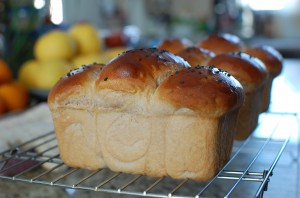
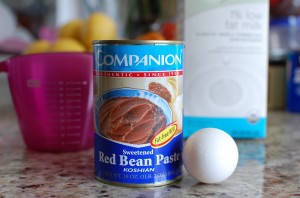
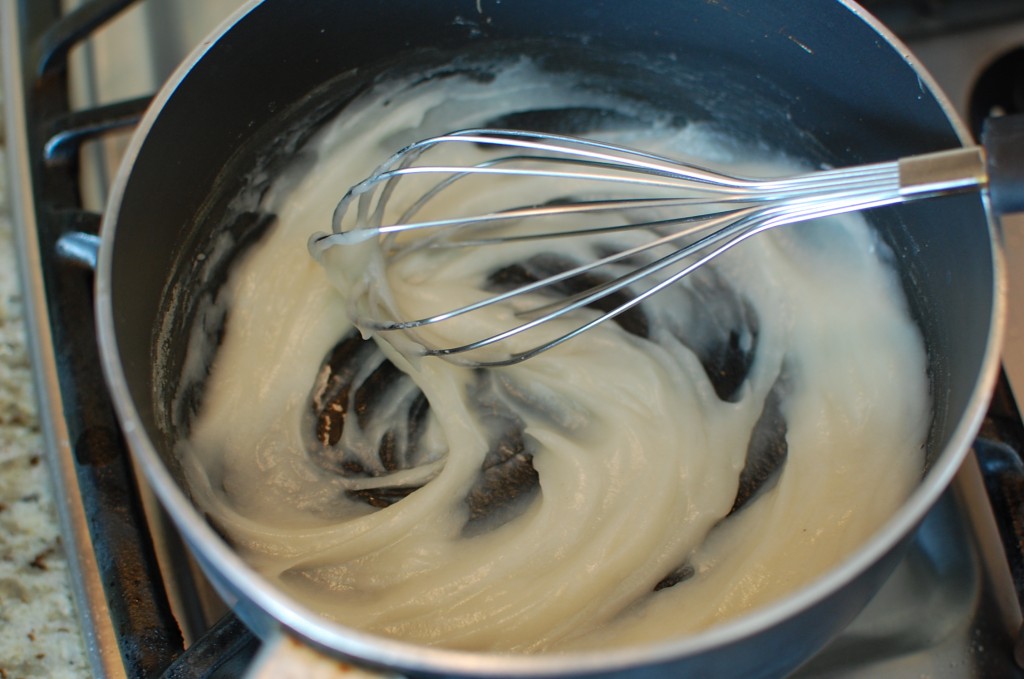
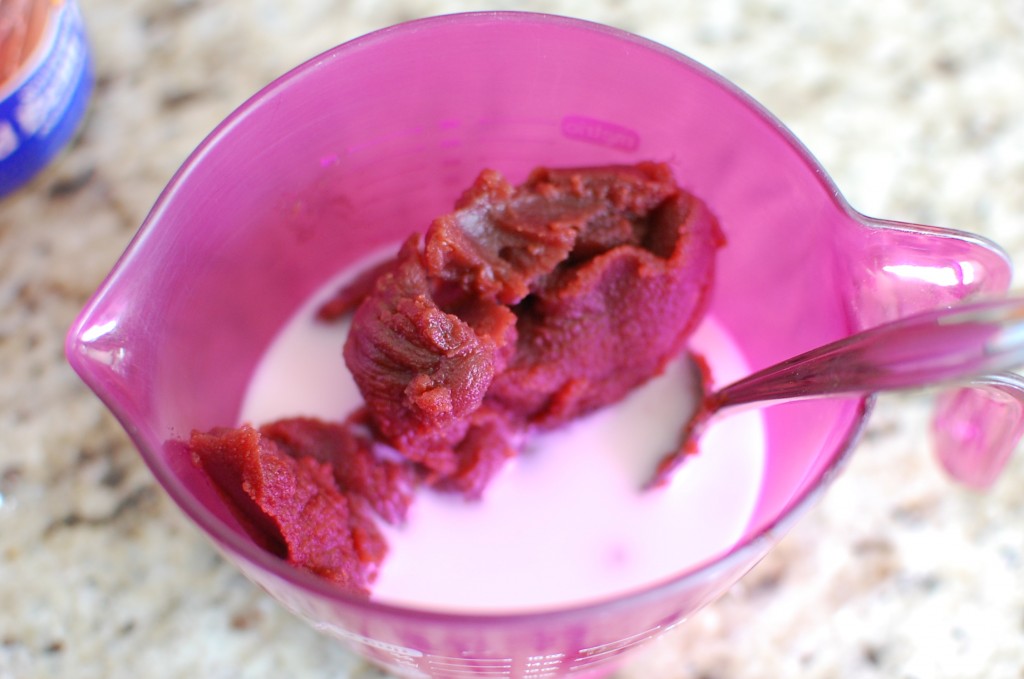
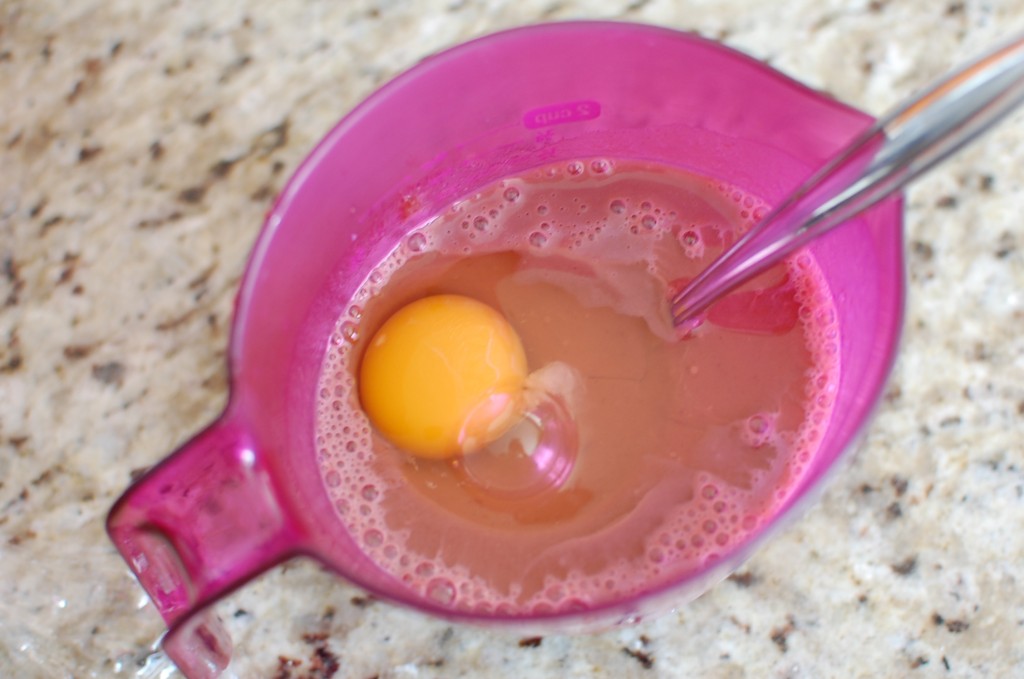
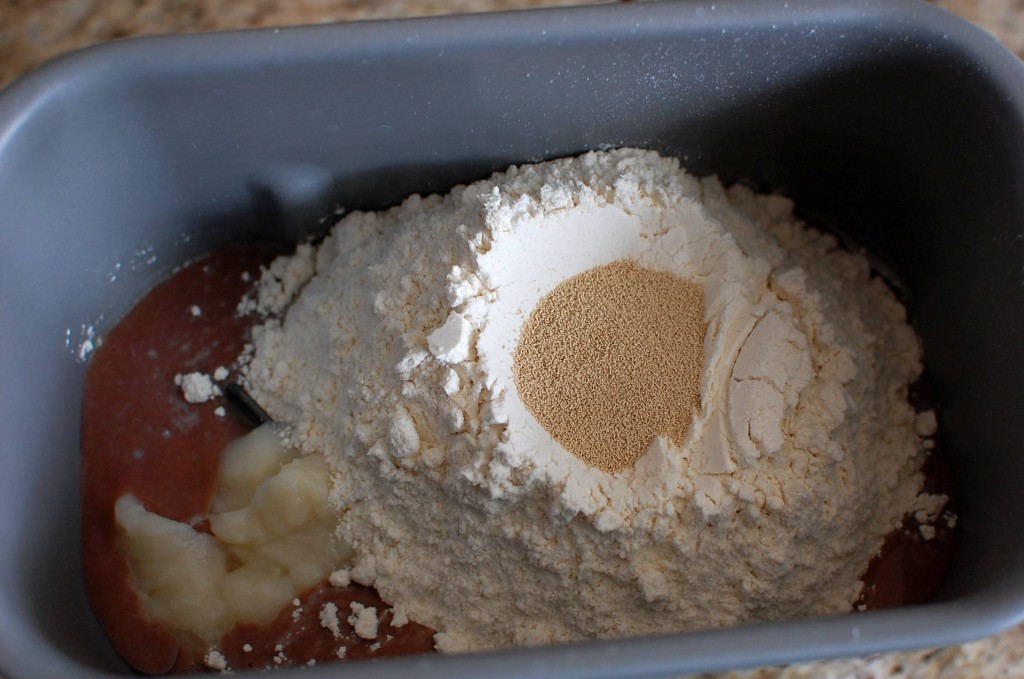
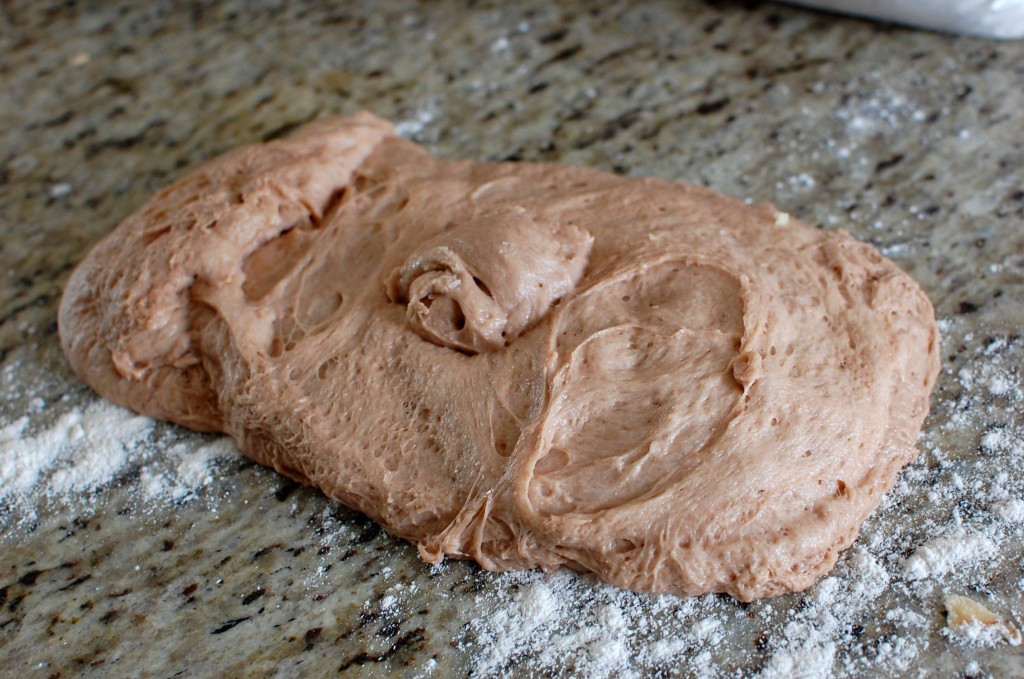
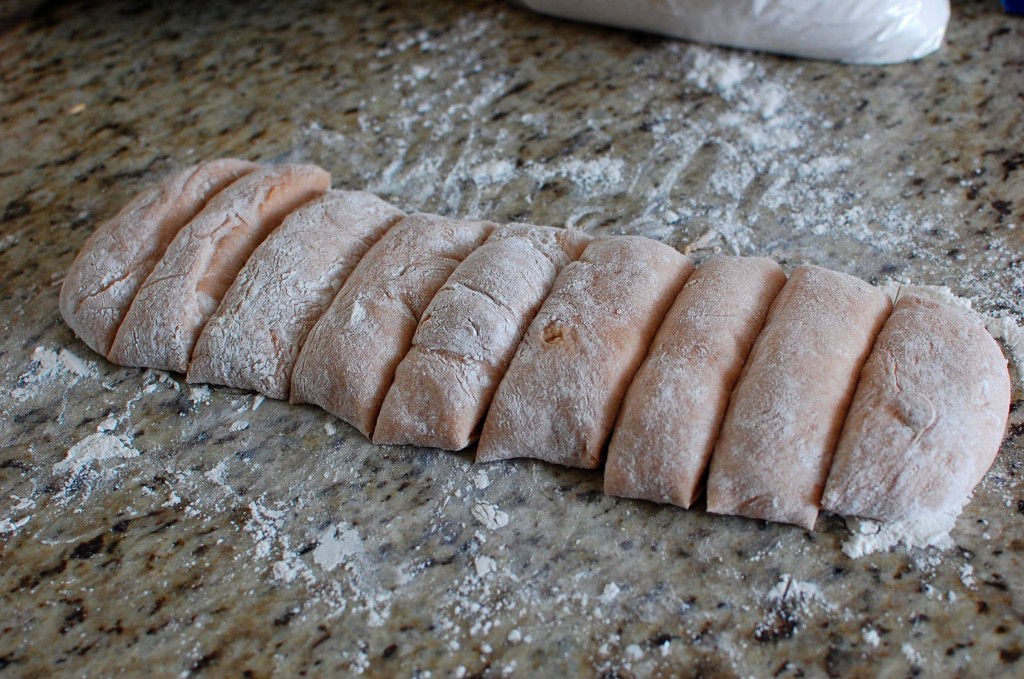
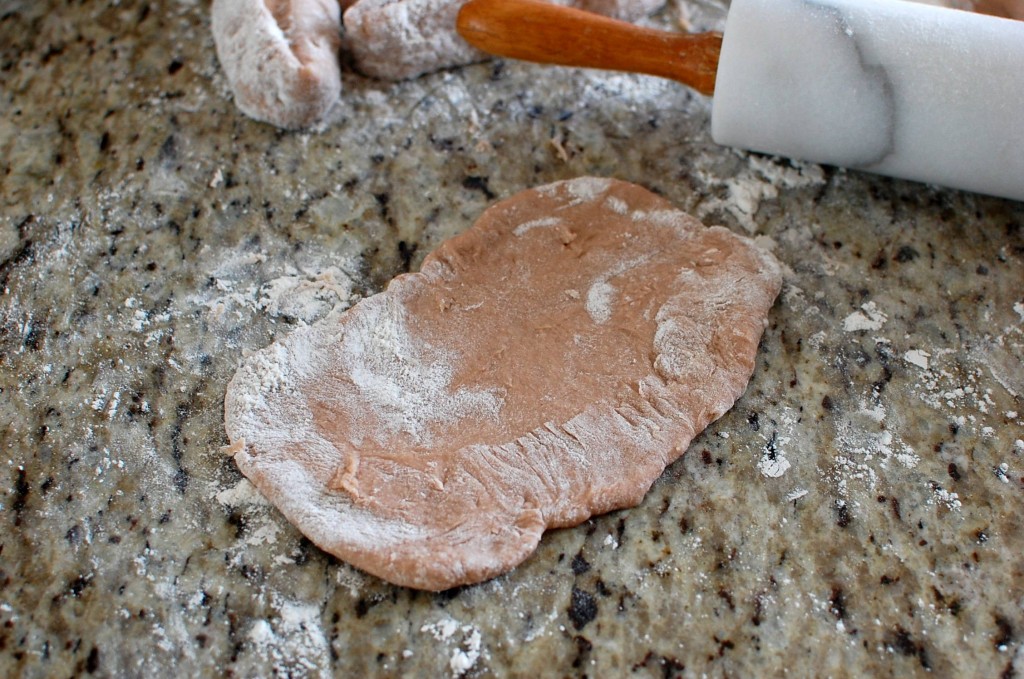
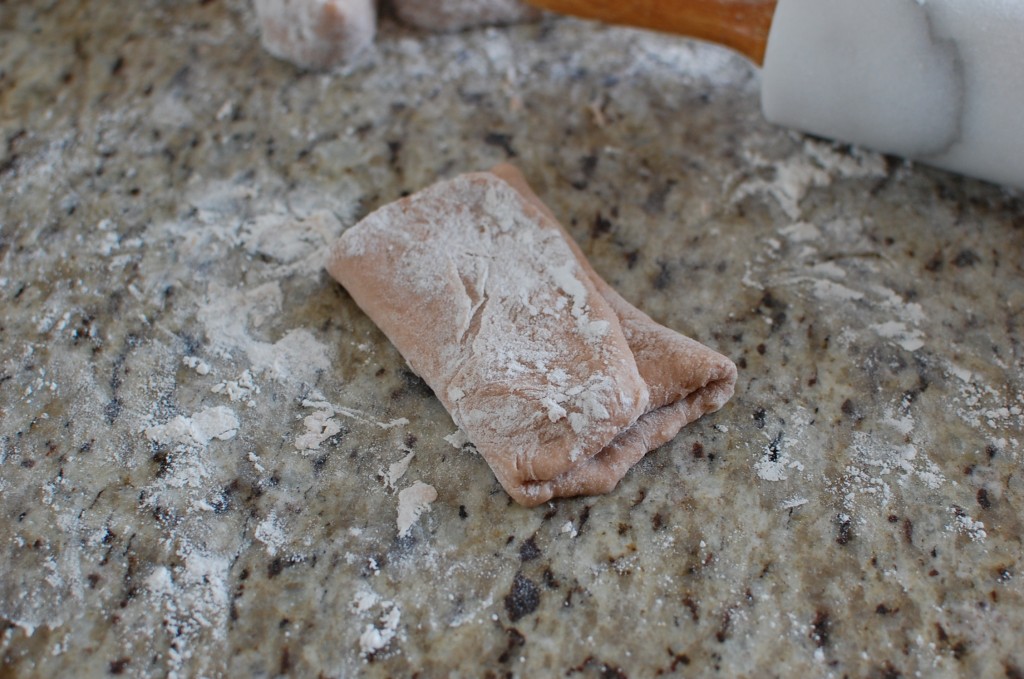
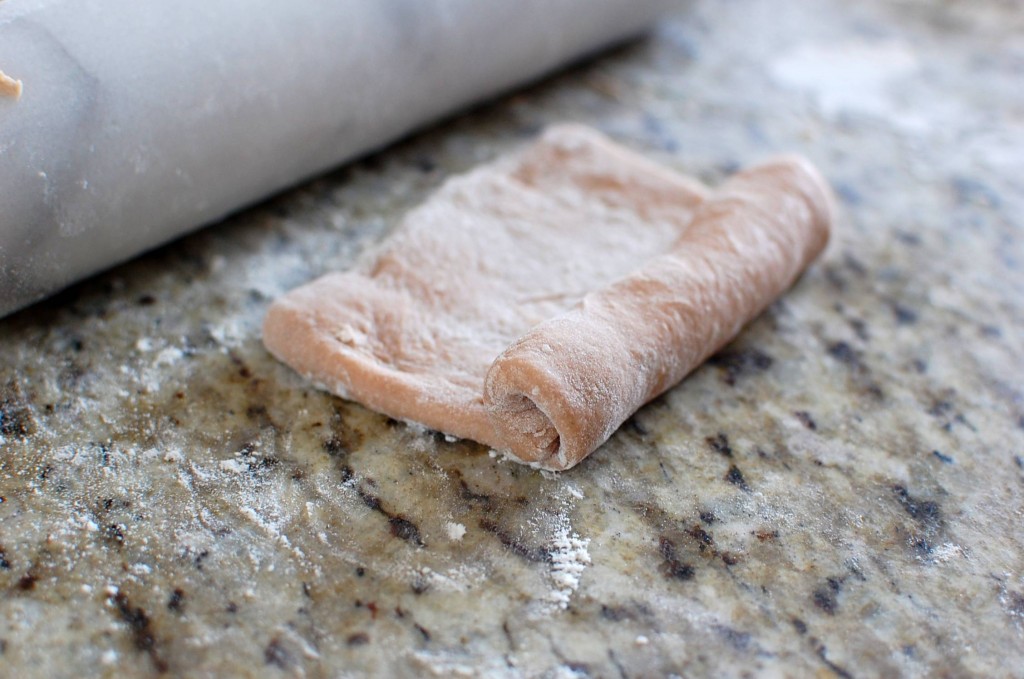
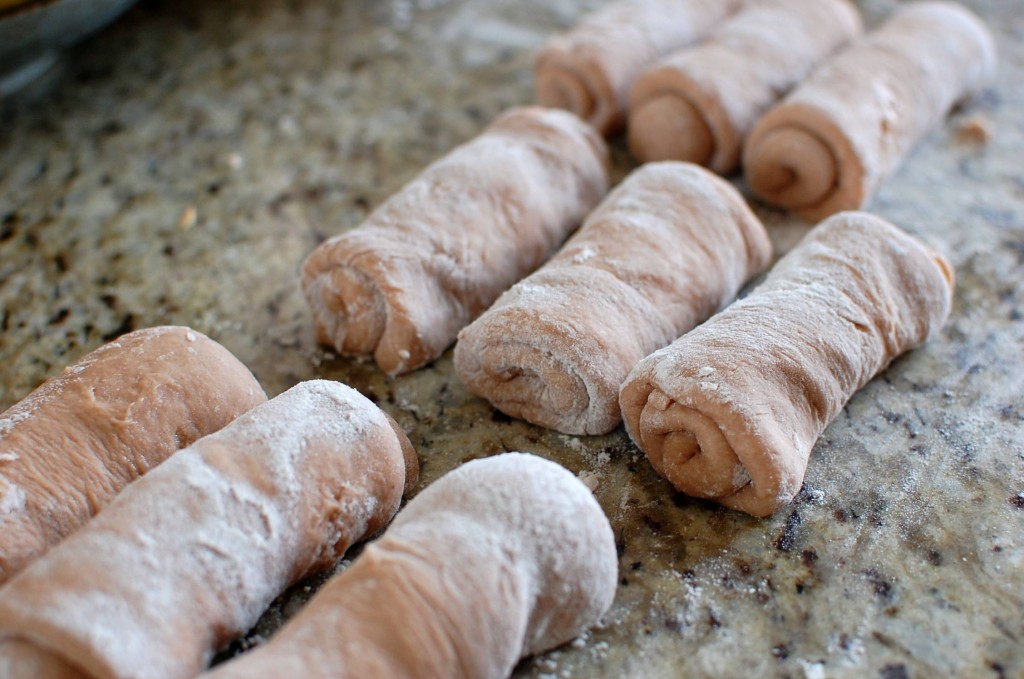
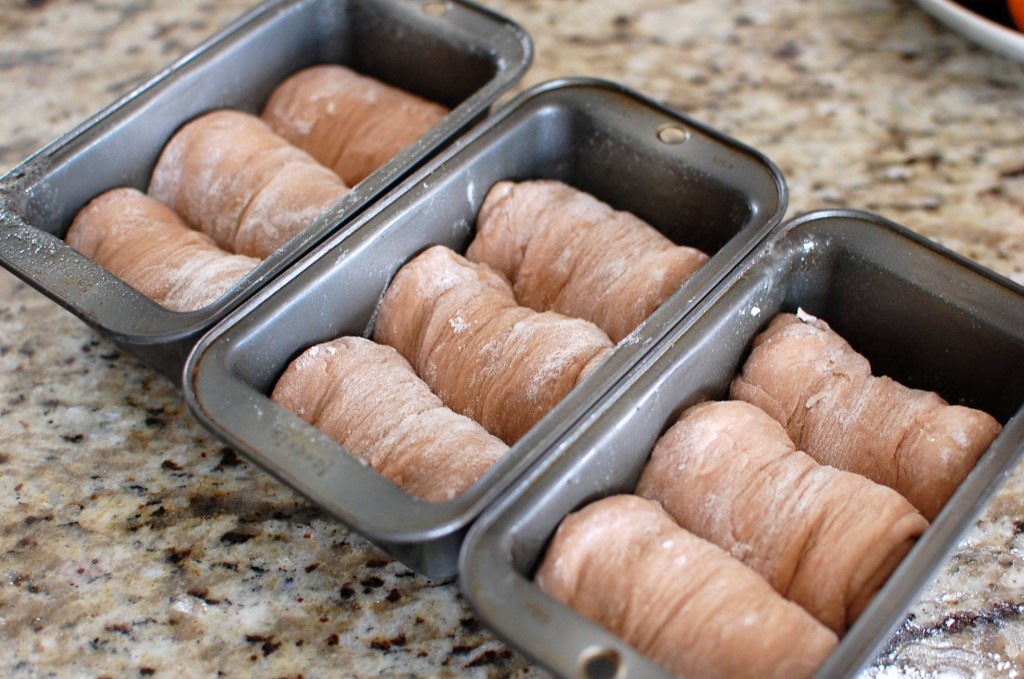
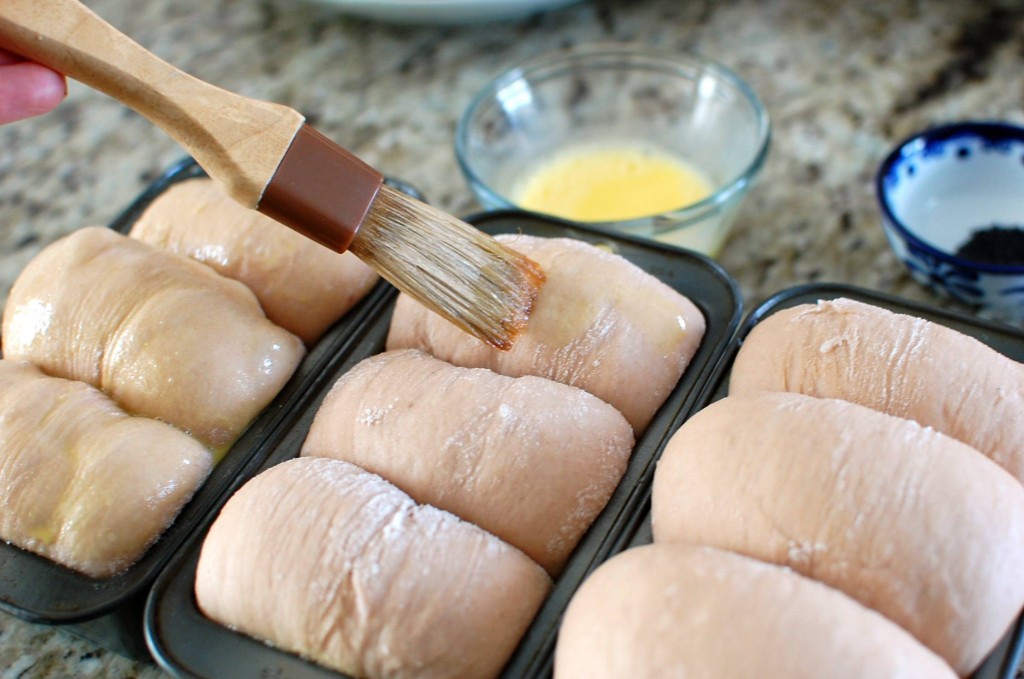
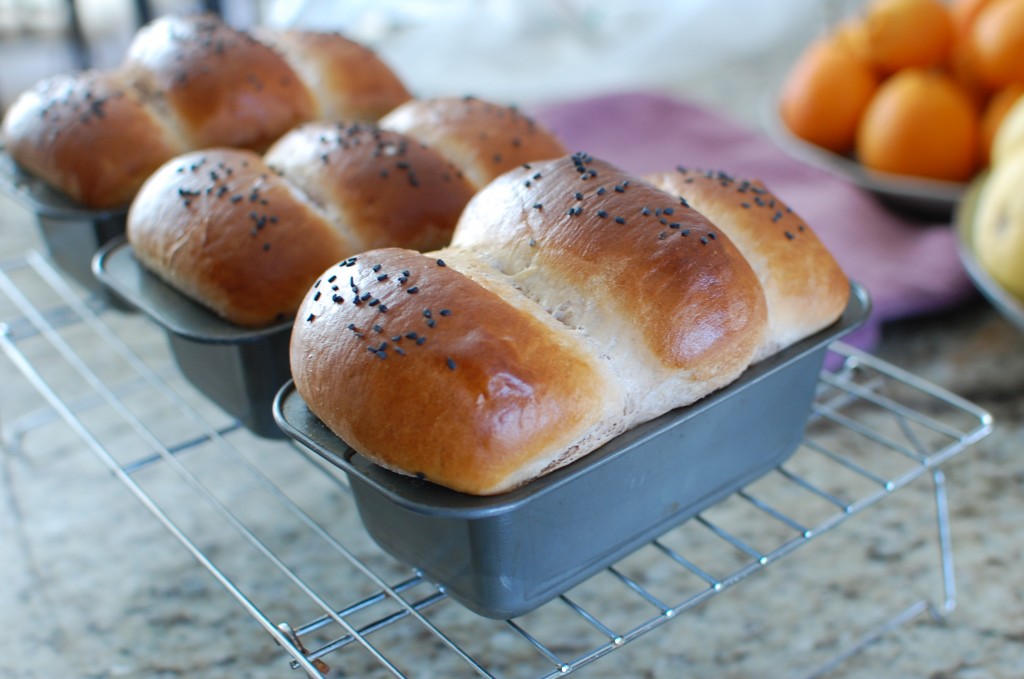


Hi Mika san! I tried making this bread over the weekend and the Tangzhong method made the texture amazing!!
I accidentally bought Tsubu-an instead of Koshi-an but I tried to mash it into more of a paste. I believe they are the same level of sweetness so I used it anyway. Everything came out great, but it didn’t rise over the loaf pan. I let the dough rise in a warm place for an hour and the rolled up doughs got a lot bigger and filled up the loaf pan but I don’t know why it didn’t turn as high as yours. Mine looked like King’s Hawaiian dinner rolls!
So glad it worked out for you! Regarding how high it baked… it may have to do with the size of the pan. My mini-loaf pans (pictured in the recipe) are 5 3/4″ X 3″ X 2 1/8″… so they might be smaller than what you have. (Most loaf pans – regular sized or mini tend to vary a bit in size, I’ve noticed.)
Regarding how high it baked… it may have to do with the size of the pan. My mini-loaf pans (pictured in the recipe) are 5 3/4″ X 3″ X 2 1/8″… so they might be smaller than what you have. (Most loaf pans – regular sized or mini tend to vary a bit in size, I’ve noticed.)
I’ve made that mistake too… buying tsuba-an instead of koshi-an… but you can usually just put the tsuba-an into the food processor and grind it up and make koshi-an… I’ve done that before!
I brought the bread to my work and people loved it! I don’t know if you got my other comment for the Japanese Milk Bread but I work at Zojirushi
Yay! So glad you your coworkers enjoyed my recipe. Thanks for the feedback.
Since I found you, I rarely miss any new recipes, or methods, and any little thing that you post. You have made a huge difference in my baking, simply by letting me in on your baking methods. I thank you, Mika. Since your sharing the tangzhong with your Japanese Milk Bread recipe, my family loves my breads and that is why I thank you. I use tangzhong in all my bread recipes!
Thank you so much for your kind words! It’s always nice to hear from people that enjoy my blogging – I mainly do it for myself (for fun) – but also because I had nobody to teach me these things, so once I figure something out that works, I want to share it.
It’s always nice to hear from people that enjoy my blogging – I mainly do it for myself (for fun) – but also because I had nobody to teach me these things, so once I figure something out that works, I want to share it.
Hi what size pans are you using?
My mini-loaf pans (pictured in the recipe) are 5 3/4″ X 3″ X 2 1/8″.
If you want to make one big loaf with a 9″ X 5″ pan, then bake for 30 minutes.
I want to try this recipe so bad but I cannot find sweetened red bean paste anywhere. Do you know how I can make it from scratch at home?
Where are you looking for it? Japanese, Korean, and Chinese supermarkets will usually stock red bean paste. It normally comes in cans, but these days, they make soft plastic packs of them too.
If you want to make it yourself, buy dried azuki beans. Soak them overnight in cold water, then discard the water. Add new water and simmer the beans until soft, drain. Add sugar (to taste) and puree in a food processor.
I tasted Japanese bean paste bread in Kyoto and came back to the USA knowing that i had to find the recipe. I have followed your recipes to wonderful success! Keep up the good work! Thanks for sharing…now every time i make it I think of our wonderful trip to a lovely city with great citizens.
Thanks for the feedback. I hope your trip to Kyoto was lovely… my favorite thing to do on vacation is try local foods and try to make them once home to bring back memories of a trip.
Hi!
This looks like a lovely bread and I’m a total crazy fan of red bean!
I just got a bread machine recently too.
So, I would like to know if it is possible to bake using the bread machine directly using this recipe???
Thanks!
You could… but I feel that this dough is more delicate and does better with conventional oven baking where you can control the temperature and time. The bread might turn out harder and drier if you use the bread machine to bake it – but you can certainly try it.
Can I use all-purpose flour?
Yes. I prefer to use bread flour… but AP flour should work out ok too.
I made it but something went wrong. the bread didnt rise even though i put yeast and it didnt look as good as yours.
Hmm. I’m not sure what happened. Yeast can “die” (dead yeast will not consume the sugar in the recipe to create gas bubbles which cause the bread to rise). Make sure that the yeast you are using is fresh and within the expiration date. You also want to make sure you don’t “kill” your yeast by using ingredients that are too hot, and make sure you are allowing the proper conditions for the yeast to do their job (warm – not too hot, not too cold).
Hi,
This site is amazing, so many recipes that cannot be found anywhere else. I’m thinking about buying a bread maker, what type do you have? Would you recomend it?
Thanks
I have a zojirushi:
http://amzn.to/2tGYHwQ